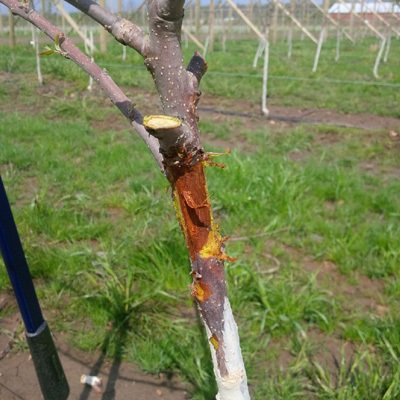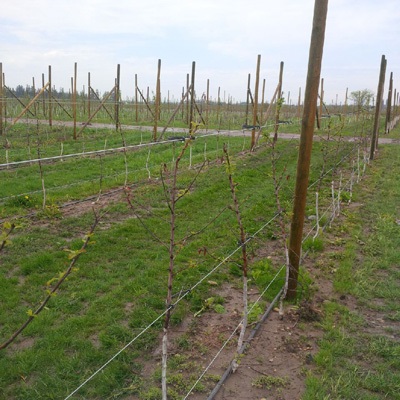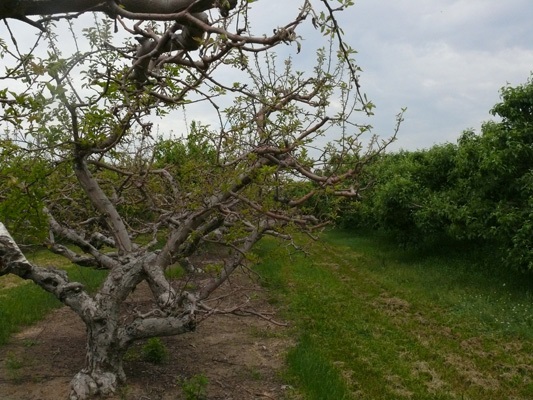Winter injury symptoms in perennial plants
Learn about tissue injury in perennial plants and factors affecting where the symptoms show up and the severity of the symptoms.
The unusual cold and constant temperatures last winter were a warning that perennial plants might have tissue injury, and some of the symptoms are now appearing across the province. Where the symptoms show up, and the severity of the symptoms depends on many factors:
- the actual temperatures — each species has their absolute cold "limit"
- the length of exposure to cold — longer exposure means more injury
- the health status of the plant — weakened plants have more injury
- the inherent cold hardiness — each species has a genetic potential, with some variability by cultivar
- the tissue affected — generally flower buds are the most tender, with woody tissue most hardy
- the cold acclimation process last fall and early winter — each cold exposure nudges the plant into more hardiness
The process of cold hardiness accumulation by plants is fascinating, but not totally understood. Generally, continued exposure to gradually colder temperatures will affect cellular processes, which allow the plant to survive increasing colder temperatures.
Winter injury symptoms are more severe in colder areas, and vary by crop. As the stress of the season increases with hot temperatures and moisture deficits, there may be more damage showing up, including collapsing plants or poor fruit set.
In colder areas, we have observed:
- bud kill and tip dieback in tender fruit; weaker growth in older trees
- grape bud, cane and trunk damage: some vines are killed to the ground
- tender apple cultivars like Mutsu and Jonagold slow to leaf out
- young apple trees in cold pockets with dead branches
- day-neutral strawberries with weak growth and blackened crowns
- raspberries and blueberries with tip kill
- landscape plants with dessicated tissue
In this issue, look for specific information on winter injury in lavender fields and landscape plants, as well as a photo gallery of injury in other crops. Keep your eyes open for more symptoms when the stress of summer arrives.


